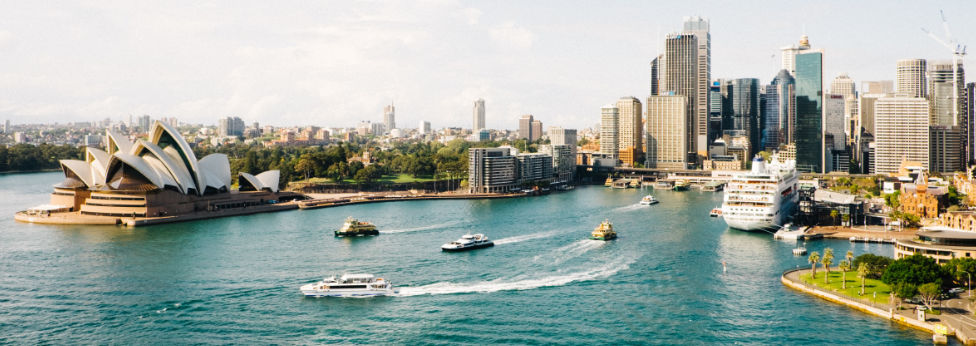From the slum sprawls of The Rocks and the ongoing modifications, alterations and confusions of Sydney’s early streets as the city grew organically from the harbour, change might be the only constant to Sydney’s character.
Major infrastructure projects, including West Connex, Barangaroo and Central Park, have altered thoroughfares, radically changed streetscapes and skylines, and opened and closed new areas for socialising and congregating.
Numerous construction projects and planning proposals are being fast-tracked by the NSW government in order to stimulate construction activity and spending.
Sydney is known for being progressive, and with these major projects recently completed or underway, more change is coming.
Central Park breaths life into Broadway
The Central Park development on the old Carlton and United Breweries site has brought nature and culture into Sydney’s grungiest thoroughfare, Broadway – and we are a city well versed in grunge.
Central Park’s architects Jean Nouvel, Lord Norman Foster, FJMT, JPW, Alec Tzannes have contributed towards a massive, cantilevered heliostat and the world’s highest vertical gardens, which won the CTBUH Tall Building of the Year Award in 2014.
This development was no doubt influential in Atlassian’s detailed plans for a new 40-storey tower overlooking Central Station which, in turn, has brought property companies Dexus and Frasers Property into the area, with designs for their joint $2.5 billion redevelopment next door to Atlassian.
Rezoning of the area will allow buildings up to 206 metres high, compared with 35 metres previously. The rezoning at Central opens the way for towers higher than 300 metres near Circular Quay, Town Hall and Barangaroo, significantly above the present cap of 235 metres.
This particular area is known as the western gateway, which is the first stage of a larger redevelopment of 24 hectares extending from Central railway station south to Cleveland Street, Redfern.
The area has been dubbed “Tech Central” and state government are hoping that the major increase in office space will encourage further innovative businesses and tech start-ups to move in.
The new Aerotropolis city
The proposed Badgerys Creek Airport, which has been considered as a possible location for a second Sydney aiport since 1969, with land acquired in 1986, has been reimagined as a city built around an airport, named the Greater Sydney Commission’s Western Sydney Aerotropolis.
The new second Sydney airport, which will be accompanied by a rail line and a “purpose-built” city, is due to be completed in 2026.
WestConnex opens new corridors and changes neighbourhoods
Billed as the biggest infrastructure project in Australian history, WestConnex motorway is designed to reduce congestion while increasing access across the city.
Connecting the west and southwest of the city, from Parramatta in the northwest to Beverley Hills in the southwest, via the inner city and inner west, in combination with a series of smaller road projects, the final total distance, once complete, will be 33 kilometres, most of which will be underground.
The new M5 motorway, consisting of twin underground motorway tunnels, spasn nine kilometres, from Kingsgrove to a new St Peters Interchange, which will provide connections to Alexandria and Mascot.
WestConnex and its connecting tool roads, including the M4-M5 Link, the F5 Freeway, the M5 East, and the Westlink M7, have accelerated the gentrification around the neighbourhoods of Alexandria and Botany, approximately four kilometres from Sydney airport.
These formerly down-at-heel suburbs are now welcoming hip shopping precincts in old canning factories, local gin distilleries and craft beer breweries, and plenty of options for cashed-up Sydneysiders to play.
Love it or hate it, change is the only constant in Sydney’s architecture and cityscape. And with so many major infrastructure and private projects over development, the future looks bright.

